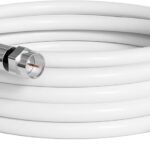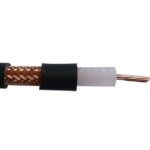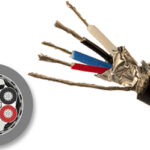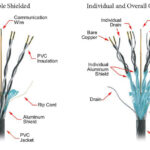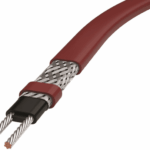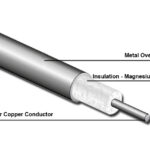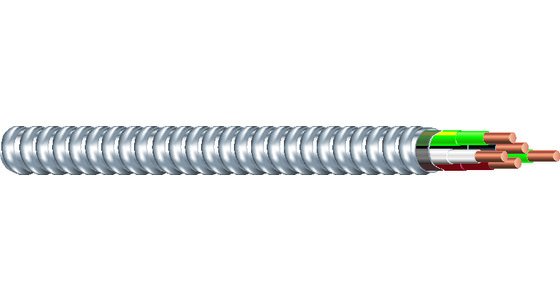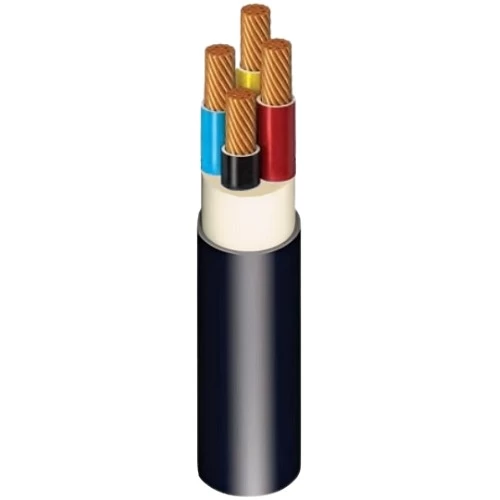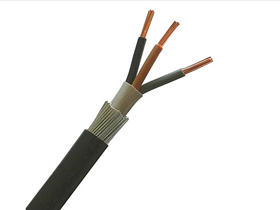As homes become smarter and more connected, residential low voltage wiring is increasingly essential. It powers everything from security systems and doorbells to network cabling, thermostats, and audio systems—without the danger or complexity of standard 120/240V wiring.
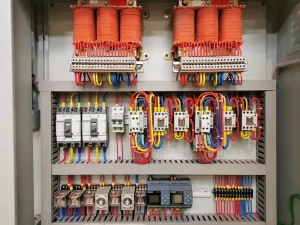
residential low voltage wiring
This guide explains what residential low voltage wiring is, where it's used, how it works, and how to plan or install it correctly.
⚡ What Is Residential Low Voltage Wiring?
Low voltage wiring in residential settings refers to circuits operating at 50 volts (V) or less, commonly 12V, 24V, or 48V. It carries signals or low-power energy instead of high electrical loads, and it's typically used for communication, control, or smart automation.
Unlike high-voltage systems, low voltage wiring doesn’t usually require a licensed electrician—making it popular for DIY home projects.
🏠 Where Is Low Voltage Wiring Used in Homes?
Here's where you'll commonly find low voltage systems in residential environments:
| Application | Voltage | Common Wire Type | Purpose |
|---|---|---|---|
| Security Systems | 12–24V | 22/4 stranded | Sensors, alarms, control panels |
| Thermostats | 24V | 18/5 solid | HVAC system communication |
| Doorbells (Smart & Analog) | 16–24V | 18/2 or 20/2 | Ring, Nest, and traditional chimes |
| Home Networking | <50V | Cat5e, Cat6 | Internet, VoIP, IP cameras |
| Speakers / Audio | ≤24V | 16–12 AWG | In-wall sound systems |
| Lighting (LED, Landscape) | 12V | 12/2 landscape wire | Accent or outdoor path lighting |
| Garage / Gate Controls | 12V | 16/2 stranded | Motor relays, sensors |
🔌 Types of Residential Low Voltage Cables
Depending on the system, you'll need specific types of cable. Here are the most common:
1. Thermostat Wire (18/2, 18/5)
-
Solid copper
-
Used for HVAC systems and doorbells
2. Speaker Wire (16/2, 14/2)
-
Stranded copper
-
Ideal for whole-house audio and home theater
3. Cat5e / Cat6 Ethernet Cable
-
Twisted-pair, for structured cabling and data transmission
4. Alarm Wire (22/4, 22/2)
-
Multi-conductor, often shielded
-
Used for PIR sensors, glass breaks, panels
5. Coaxial Cable (RG6)
-
For TV, CCTV, and satellite systems
6. Landscape Lighting Cable
-
UV and weather-resistant; typically 12 AWG
🔧 Planning and Installing Residential Low Voltage Wiring
Proper installation ensures reliable performance and avoids future headaches. Here's a step-by-step process:
✅ 1. Design Your Wiring Layout
-
Plan locations for smart devices, access points, cameras, etc.
-
Sketch cable routes and identify necessary wire types and lengths
✅ 2. Choose the Right Cable
-
Match wire gauge, shielding, and insulation to the environment and load
✅ 3. Label Everything
-
Label both ends of every wire for easy future service
✅ 4. Use Proper Conduits and Boxes
-
Conduit is often not required, but recommended for long runs, outdoors, or future-proofing
✅ 5. Separate from Line Voltage
-
NEC recommends at least 2–12 inches separation from 120/240V wiring to avoid interference
🧱 New Construction vs Retrofit
| Scenario | Tips |
|---|---|
| New Homes | Run wires before drywall, use structured wiring panels |
| Retrofits | Use fish tape or existing conduits, consider wireless options for hard-to-reach areas |
📏 Choosing the Right Wire Gauge (AWG)
Wire size matters, especially for longer runs. Larger gauge = lower resistance.
| Distance (feet) | Load (Amps) | Recommended AWG |
|---|---|---|
| 25–50 | ≤5A | 16 AWG or 14 AWG |
| 50–100 | ≤5A | 14 AWG or 12 AWG |
| 100+ | ≥5A | 12 AWG or larger |
⚖️ Low Voltage Wiring vs High Voltage
| Feature | Low Voltage Wiring | High Voltage Wiring |
|---|---|---|
| Voltage | ≤50V | 120V / 240V |
| Use Cases | Signal, control, comms | Power to appliances, outlets |
| Safety Requirements | Lower risk | Higher; requires electrician |
| DIY Friendly | Yes | Often no |
| Cable Size | Smaller (22–12 AWG) | Thicker (10 AWG and above) |
🧰 Tools for Installation
-
Fish tape or wire pullers
-
Wire strippers (for small gauge wires)
-
Punch-down or crimp tools (for RJ45/Cat6)
-
Voltage tester / continuity checker
-
Low voltage staples or cable clips
📜 Residential Low Voltage Code Requirements
Low voltage wiring is typically governed by NEC Article 725 for Class 1, 2, and 3 circuits.
Basic considerations:
-
Most low voltage wiring does not require a permit, but local codes may vary
-
Plenum-rated wire (CMP) may be required in ducts
-
Use Class 2 or Class 3 power supplies per UL standard
Always check your local electrical code or consult a licensed electrician for complex projects.
❓ Frequently Asked Questions
Q: Can I install residential low voltage wiring myself?
A: Yes, most low voltage systems are safe for DIY installation, especially for smart devices, audio, and LED lighting.
Q: Does low voltage wiring need to be in conduit?
A: Not usually for indoor use, but it’s recommended for protection in walls or outdoors.
Q: What’s the best wire for a smart doorbell?
A: 18/2 or 20/2 thermostat wire is typically used for 16–24V doorbells like Ring or Nest.
Q: Is low voltage wiring covered under NEC?
A: Yes, specifically in NEC Article 725 and 800 for communication and control circuits.
🏁 Conclusion: Building the Backbone of Your Smart Home
Residential low voltage wiring is more important than ever in today’s connected homes. From thermostats and security systems to streaming media and smart lights, these systems depend on reliable low voltage conductors. Planning and installing the right way ensures performance, safety, and future flexibility.
🧵 Need Low Voltage Cable for Your Next Home Project?
TOT Wire & Cable supplies top-grade low voltage copper wire for:
-
Smart home builders
-
Electricians & contractors
-
DIY homeowners
-
HVAC & security techs
📩 Contact us now for wholesale pricing or custom low voltage cable requests.

